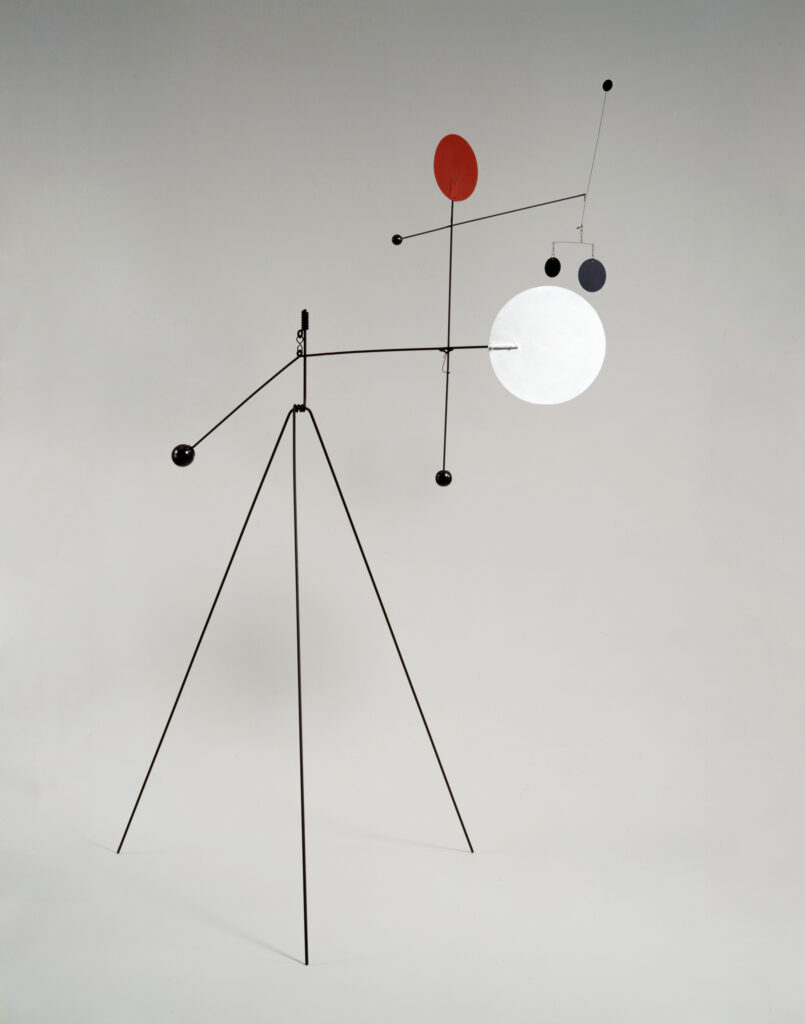

The Museum of Modern Art, New York. Alexander Calder: Sculptures and Constructions. 29 September 1943–16 January 1944.
Solo ExhibitionNational Gallery of Art, Washington, D.C. Alexander Calder: 1898–1976. 29 March–12 July 1998.
Solo ExhibitionFundación del Museo Guggenheim Bilbao. Calder: Gravedad y la Gracia. 18 March–12 October 2003.
Solo ExhibitionPalazzo delle Esposizioni, Rome. Calder: Sculptor of Air. 23 October 2009–14 February 2010.
Solo ExhibitionLeeum, Samsung Museum of Art, Seoul. Calder. 18 July–20 October 2013.
Solo ExhibitionLos Angeles County Museum of Art. Calder and Abstraction: From Avant-Garde to Iconic. 24 November 2013–27 July 2014.
Solo ExhibitionTate Modern, London. Alexander Calder: Performing Sculpture. 11 November 2015–3 April 2016.
Solo ExhibitionWhitney Museum of American Art, New York. Calder: Hypermobility. 9 June–23 October 2017.
Solo ExhibitionHauser & Wirth, Somerset, England. Calder: From the Stony River to the Sky. 26 May 2018–9 September 2018.
Solo ExhibitionFollowing a visit in October of 1930 to Piet Mondrian’s studio, where he was impressed by the environmental installation, Calder made his first wholly abstract compositions and invented the kinetic sculpture now known as the mobile. Coined for these works by Marcel Duchamp in 1931, the word “mobile” refers to both “motion” and “motive” in French. He also created stationary abstract works that Jean Arp dubbed “stabiles.”